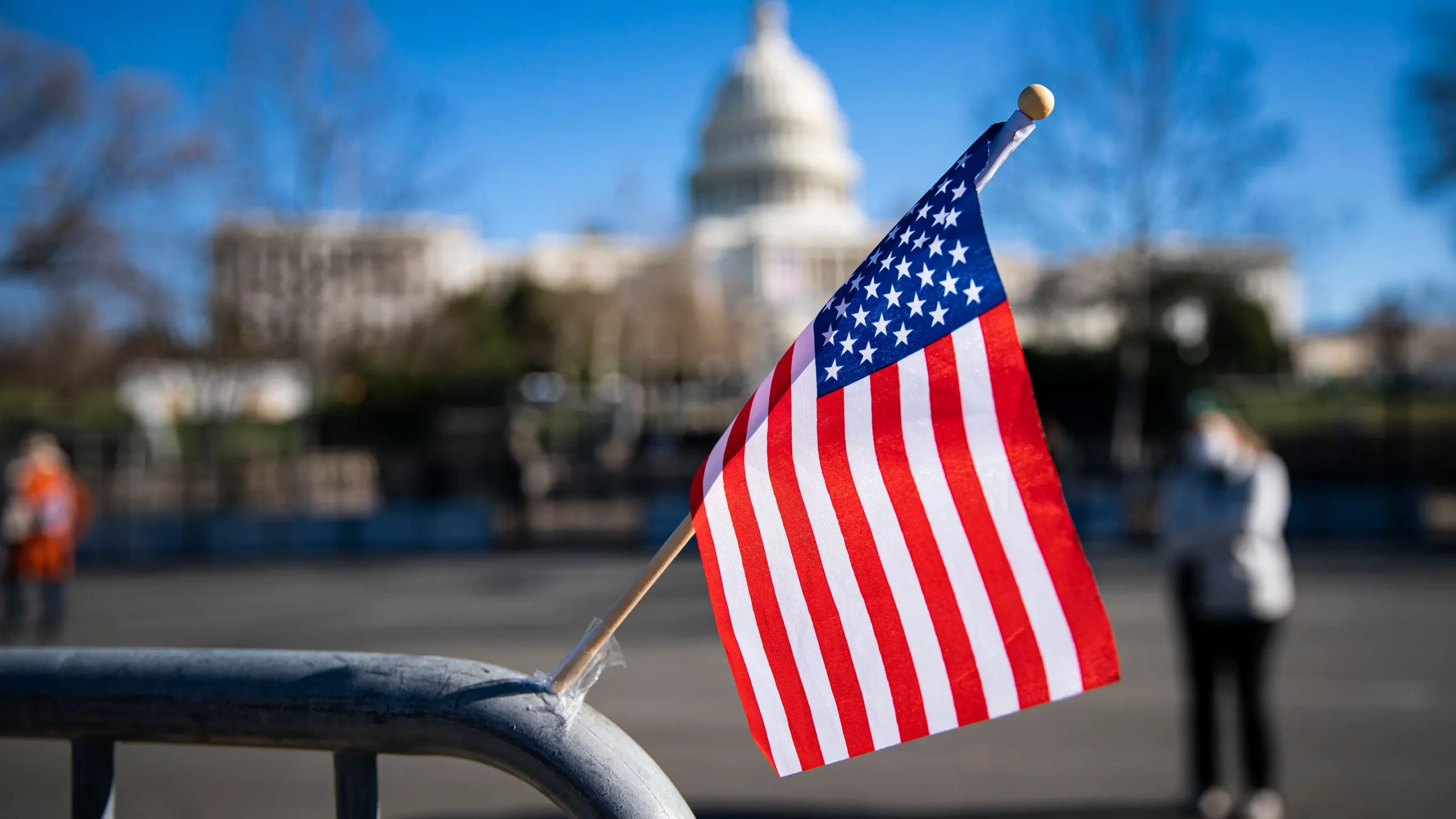
With more than one million international students, the United States is the world’s most popular destination for studying abroad. Approximately half of the best global universities are located in the USA, according to U.S. News & World Report. From undergraduate studies to PhD-level programs, universities in the USA offer top-ranked academic opportunities across all disciplines. You can choose from more than 5,000 higher education institutions in the US. Every university is unique and has something special to offer, from first-class academics to international-friendly studies programs.
When choosing your major, USA universities also offer flexibility; it allows you to explore your interests before committing to a degree program. USA universities give you time and space to decide whether you want to start your studies as an undeclared major or enroll in a particular major at the beginning.
The USA Government provides an opportunity for international students to study in the country but as a prerequisite, you’ll have to obtain a student visa first. The visa you need will depend on the type of study you want to pursue in the country.

| Cities | Minimum Wage (Per Hour) |
|---|---|
| Seattle | $18.69 |
| New York City | $15 |
| Sunnyvale | $17.95 |
Note: Cities can also increase their minimum wage by their needs and the state’s minimum wage rate.
General periods of Academic Calendars in U.S.A
| Intake | Duration | Application Open |
|---|---|---|
| Spring | January- April | July- December |
| Summer | May-August | January- March |
| Fall | September- December | November – May |
Are you ready to embark on your study abroad journey? We’re here to help you every step of the way. Whether you have questions about universities, courses, visa procedures, scholarships, or just need some advice, our team of study abroad experts is ready to assist you.
